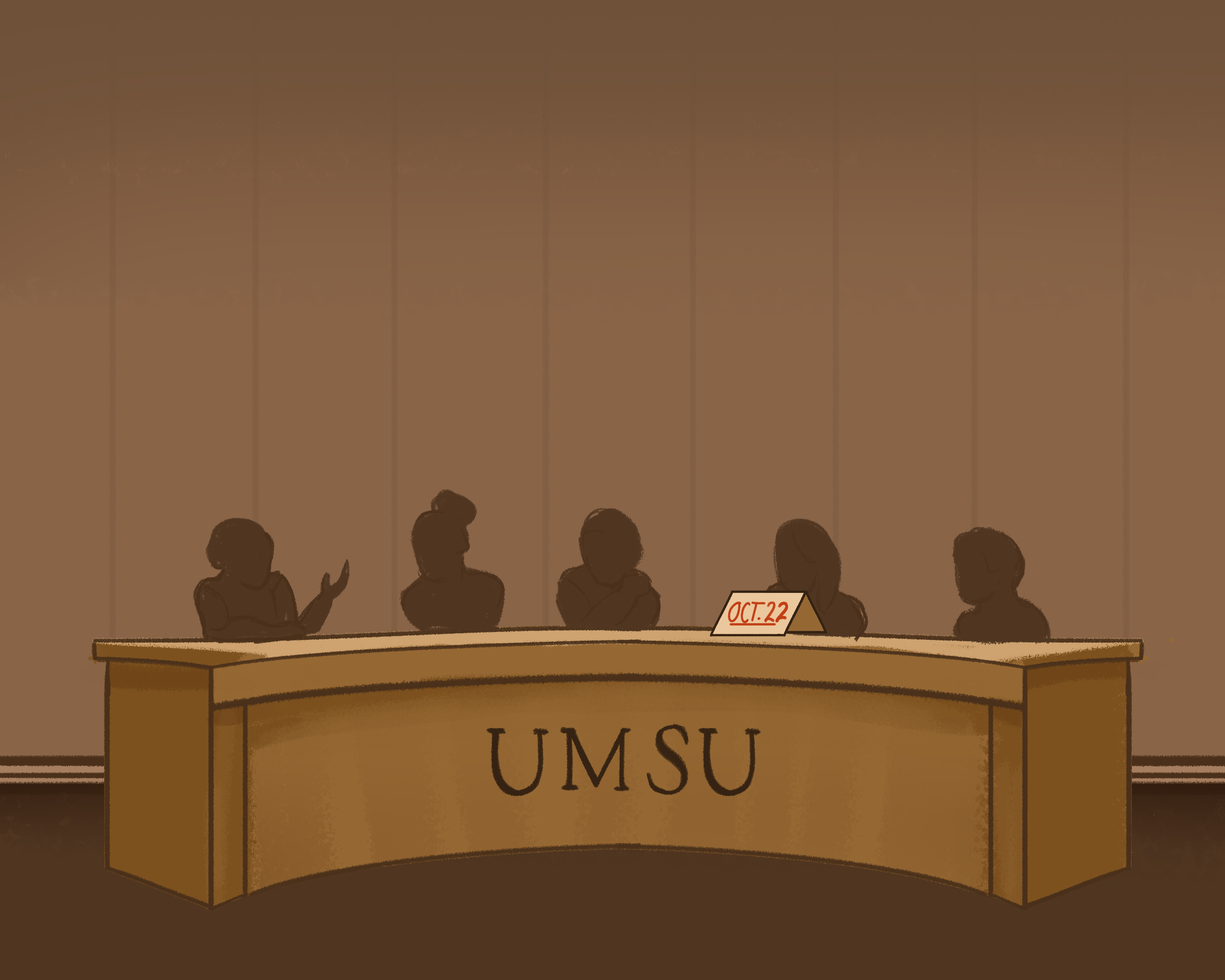Negotiations currently underway between University of Manitoba administration and the U of M Faculty Association (UMFA) raise the question of whether we are building a university with a shiny image or a university that supports excellent scholarship and delivers great education for students. Over the past several years, the U of M’s branding has become ubiquitous around Winnipeg. The “trailblazer” campaign has blanketed our campuses and our community, and a highly sophisticated communications machine has kicked into gear to promote the U of M. Faculty, students, and staff at the university are happy to see the administration trumpeting our accomplishments.
What is far less admirable – downright worrying, in fact – is that concern for “telling the story” of the U of M has morphed into an obsession with image to the detriment of substance. Should this continue, the end result of this overriding preoccupation, one we are already starting to see, will be a hollow institution – a polished exterior shell surrounding an increasingly shabby core.
The gulf between the administration and its message on the one hand, and the day-to-day reality of students, faculty, and staff on the other is remarkable. Core faculty budgets have been cut by eight per cent the last two years. We see the impact every day: layoffs in the library system, higher teaching loads, bigger classes, and less time for research and teaching prep. We are told there is no money to replace professors who retire or leave for higher salaries elsewhere. Course options are more limited. Students are not graduating on time in the program of their choice because of a lack of space in classes or because courses aren’t being offered consistently.
UMFA represents over 1,200 professors, instructors, and librarians. Our priorities in ongoing negotiations with the administration have been crafted to address this reality. Our members are in the classroom, the lab, or the studio every day, giving students the best possible learning experience they can. We are out in Manitoban communities, doing joint research and teaching. We are on the front lines of the university, and we are deeply committed to our students. Yet we are being asked to do more and more to support students with fewer resources.
We want a university that refocuses on the foundation, rather than the paint job.
We are bargaining for manageable workloads, so that we have the time to reach our potential as researchers, teachers, coaches, writers, architects, artists, and musicians and to help our students reach theirs. These are the tasks for which we were hired, and we are bargaining for the space and time necessary for quality scholarships and better student outcomes.
We are negotiating for a meaningful say in how the U of M runs because we know it inside out. Collegial governance is a central part of the academic tradition. Recently we have been seeing a determined move away from the principle that a university should be run by its scholars. Upper level administrators, with little sense of what’s happening in labs and classrooms, have centralized decision-making in their own hands while the people working and teaching in those spaces have less say. Working to rebalance that decision-making is one of our main priorities.
We are also bargaining to narrow the gap in salary between the U of M and comparable Canadian universities. In the last nine years, instead of investing in its faculty, the administration has reduced the share of its budget that goes to professors, instructors, and librarians. In 2007, administration spent over 25 per cent of its budget on UMFA salaries; by 2015, salaries had fallen to 21.7 per cent of operating costs. The average assistant professor at the University of Saskatchewan earns $18,934 more than their U of M counterpart; the salary gap between the U of M and Queen’s University is $36,779. It is not because the U of M is cash-strapped. Revenues have been growing at a healthy rate.
It is striking that the austerity imposed on front-line teaching and research does not seem to apply to senior administration itself. While faculty salaries languish at the bottom of the U15, the U of M president earns more than every other university president on the list but two.
The U of M has much to be proud of, but our image should not be built at the expense of our substantial quality and integrity. We are committed to working with the administration’s support to ensure that the basic relationship that makes the university happen – that between teachers and students – remains front and centre.
Mark Hudson is the president of the University of Manitoba Faculty Association.




